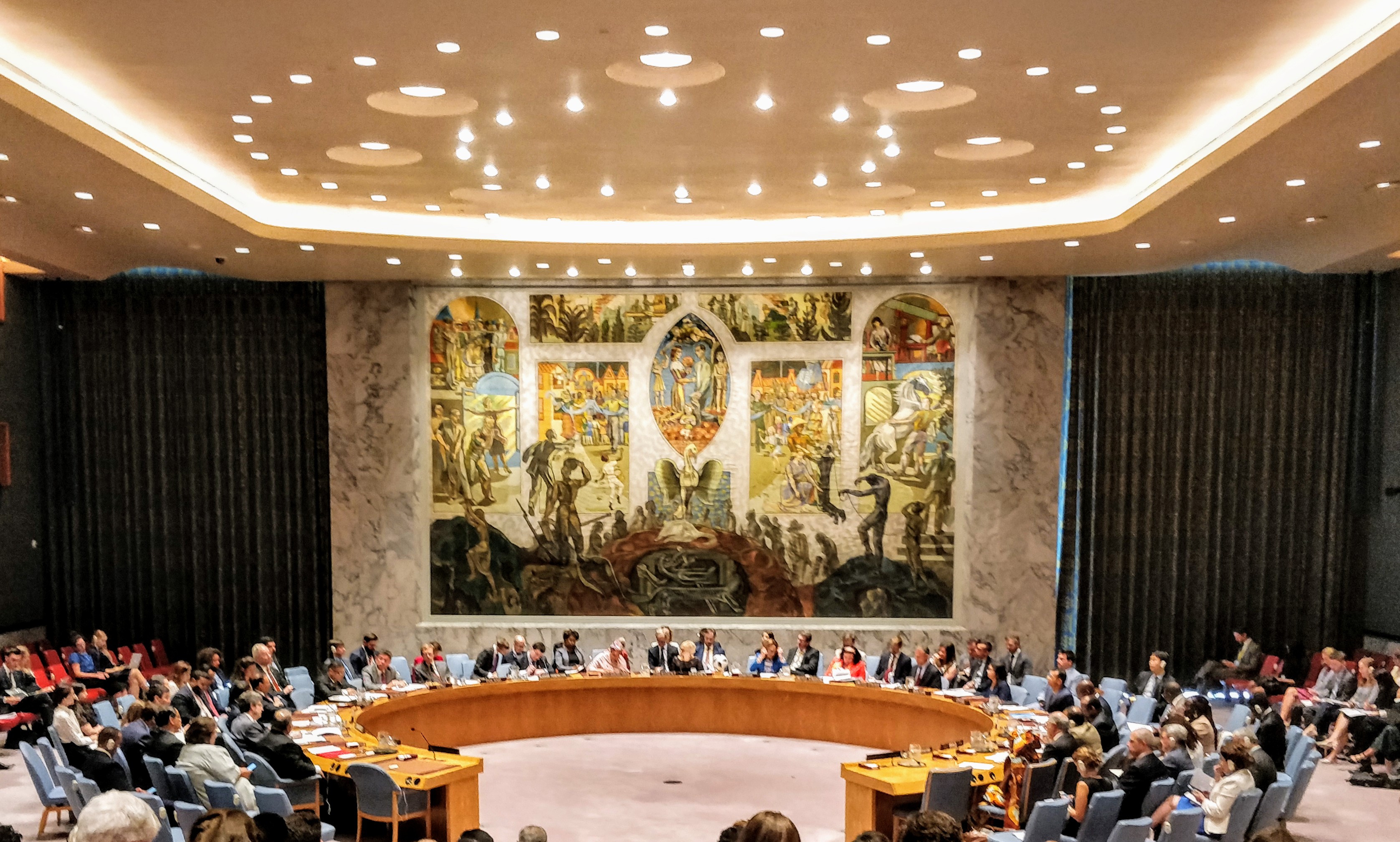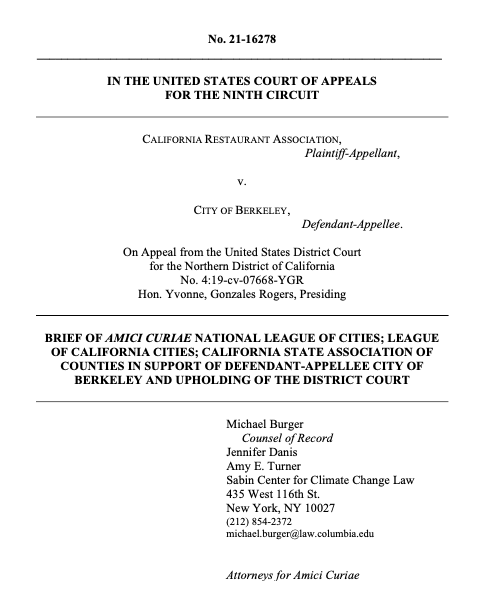 The first comprehensive survey ever conducted of climate change litigation outside the United States has been released by Columbia Law School’s Sabin Center for Climate Change Law. It finds that there is far more climate litigation in the United States than in the rest of the world combined, and that the country with the second largest number of cases is Australia. The survey also finds that unlike the U.S., which has experienced substantial litigation intended to shape the development of climate regulations, non-U.S. climate-related cases have focused on specific projects and implementation of specific policies.
The first comprehensive survey ever conducted of climate change litigation outside the United States has been released by Columbia Law School’s Sabin Center for Climate Change Law. It finds that there is far more climate litigation in the United States than in the rest of the world combined, and that the country with the second largest number of cases is Australia. The survey also finds that unlike the U.S., which has experienced substantial litigation intended to shape the development of climate regulations, non-U.S. climate-related cases have focused on specific projects and implementation of specific policies.
In 2012, Professor David Markell of Florida State University College of Law and Professor J.B. Ruhl of Vanderbilt University Law School published an empirical assessment of climate change litigation in the United States. That study largely drew on the SCCCL’s and Arnold and Porter’s U.S. Climate Change Litigation Chart. Based on the data compiled in the SCCCL’s Non-U.S. Climate Change Litigation Chart, the Center’s new publication takes a similar approach, casting light on the “who, what, why, and how” of non-U.S. climate change litigation and investigating the role of the courts in the development of climate change policy outside of the United States.
The publication, entitled Climate Change in the Courts: An Assessment of Non-U.S. Climate Litigation, identifies 173 climate change cases decided through 2013 outside the U.S., compared to the over 420 U.S. cases identified in the U.S. chart during that time period. Non-U.S. climate change litigation is almost entirely concentrated in five jurisdictions: Australia, New Zealand, the European Union, Spain and the United Kingdom.
The nature of these suits varies widely across jurisdictions, reflecting each jurisdiction’s unique legislative and regulatory frameworks, energy portfolios, and legal systems. Generally, however, non-U.S. climate change cases have mostly been tactical suits aimed at specific projects or details regarding implementation of existing climate policies, especially emissions trading systems. This is different from the U.S., which has seen a considerable amount of strategic litigation intended to spur and halt climate regulations.
In Australia, the country with the largest volume of climate litigation (after the U.S.), climate-related cases are dominated by disputes about the environmental review of proposed projects. Some of these are about major greenhouse gas-emitting projects; the rest concern whether and how planning and environmental authorities should consider the effect of climate change on proposed construction projects. The latter issue has been little litigated in the U.S. or elsewhere. Outside of Australia, the European Union Emissions Trading System has generated a substantial portion of non-U.S. litigation. Those lawsuits largely surrounded approval of countries’ National Allocation Plans.
In examining climate change jurisprudence, the new report finds that climate change has been treated in the courts much like any other environmental issue. The study also reveals that the courts accept the scientific consensus surrounding climate change and are usually willing to ensure that agencies are taking into account climate change in decision-making. With respect to project-specific cases, courts often closely assess how agencies and local councils weigh competing objectives and in many cases have found the government entity got it wrong.
The publication was written by 2013-14 SCCCL fellow and associate director Meredith Wilensky. The full text of the white paper is available here.




